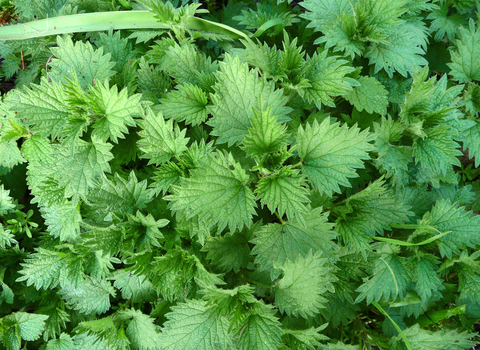
Stinging nettle ©Harry Green
Stinging nettle
The stinging nettle is a familiar and common plant, often firmly rooted in our memories after our first, hands-on experience - a prickling irritation that's not forgotten easily!
Scientific name
Urtica dioicaWhen to see
January to DecemberSpecies information
Category
Statistics
Height: up to 1mCommon.
